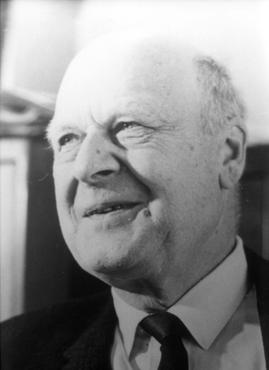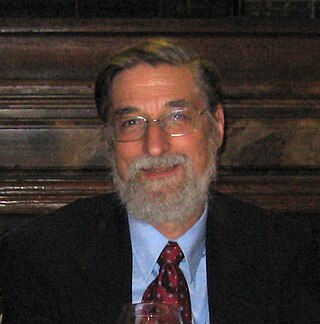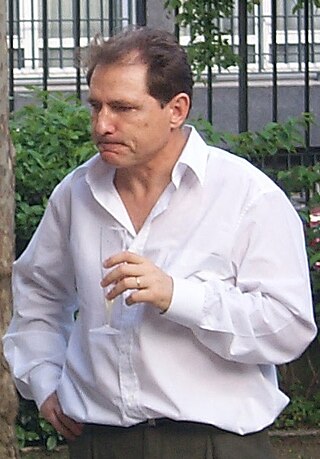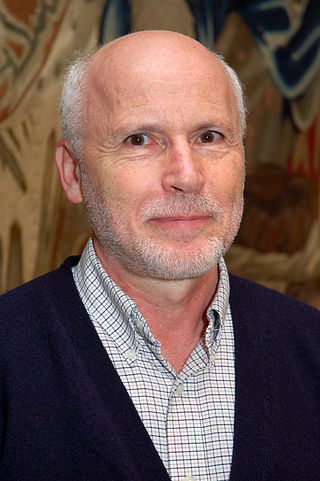
Lars Onsager was an American physical chemist and theoretical physicist. He held the Gibbs Professorship of Theoretical Chemistry at Yale University. He was awarded the Nobel Prize in Chemistry in 1968.

Yang Chen-Ning or Chen-Ning Yang, also known as C. N. Yang or by the English name Frank Yang, is a Chinese theoretical physicist who made significant contributions to statistical mechanics, integrable systems, gauge theory, and both particle physics and condensed matter physics. He and Tsung-Dao Lee received the 1957 Nobel Prize in Physics for their work on parity non-conservation of weak interaction. The two proposed that one of the basic quantum-mechanics laws, the conservation of parity, is violated in the so-called weak nuclear reactions, those nuclear processes that result in the emission of beta or alpha particles. Yang is also well known for his collaboration with Robert Mills in developing non-abelian gauge theory, widely known as the Yang–Mills theory.

Bertrand I. Halperin is an American physicist, former holder of the Hollis Chair of Mathematicks and Natural Philosophy at the physics department of Harvard University.

Leo Philip Kadanoff was an American physicist. He was a professor of physics at the University of Chicago and a former president of the American Physical Society (APS). He contributed to the fields of statistical physics, chaos theory, and theoretical condensed matter physics.
Michael Ellis Fisher was an English physicist, as well as chemist and mathematician, known for his many seminal contributions to statistical physics, including but not restricted to the theory of phase transitions and critical phenomena. He was the Horace White Professor of Chemistry, Physics, and Mathematics at Cornell University. Later he moved to the University of Maryland College of Computer, Mathematical, and Natural Sciences, where he was University System of Maryland Regents Professor, a Distinguished University Professor and Distinguished Scholar-Teacher.
Gordon Alan Baym is an American theoretical physicist.

Alexander Borisovich Zamolodchikov is a Russian physicist, known for his contributions to condensed matter physics, two-dimensional conformal field theory, and statistical mechanics, and is currently the C.N. Yang – Wei Deng Endowed Chair of Physics at Stony Brook University.

John Michael Kosterlitz is a Scottish-American physicist. He is a professor of physics at Brown University and the son of biochemist Hans Kosterlitz. He was awarded the 2016 Nobel Prize in physics along with David Thouless and Duncan Haldane for work on condensed matter physics.

Jacques Prost, born in 1946 in Bourg-en-Bresse, is a French physicist, former General director of École supérieure de physique et de chimie industrielles de la ville de Paris, member of the French Academy of Sciences.
Peter Hänggi is a theoretical physicist from Switzerland, Professor of Theoretical Physics at the University of Augsburg. He is best known for his original works on Brownian motion and the Brownian motor concept, stochastic resonance and dissipative systems. Other topics include, driven quantum tunneling, such as the discovery of coherent destruction of tunneling (CDT), phononics, relativistic statistical mechanics and the foundations of classical and quantum thermodynamics.
John Lawrence CardyFRS is a British–American theoretical physicist. He is best known for his work in theoretical condensed matter physics and statistical mechanics, and in particular for research on critical phenomena and two-dimensional conformal field theory.
Ian Keith Affleck is a Canadian physicist specializing in condensed matter physics. He is Killam University Professor, Department of Physics and Astronomy, University of British Columbia.
Russell James Donnelly was a Canadian-American physicist known for his work on classical and quantum fluid dynamics. He connected the fields of low temperature physics and fluid turbulence.
The William I. Fine Theoretical Physics Institute is a research institute in the University of Minnesota College of Science and Engineering. FTPI was largely the work of physics Professor Emeritus, Stephen Gasiorowicz and university alumnus and Twin Cities real-estate developer William I. Fine. The institute officially came into existence in January 1987. FTPI faculty consists of six permanent members: Andrey V. Chubukov, Alex Kamenev, Keith Olive, Maxim Pospelov, Mikhail Shifman, and Boris Shklovskii. The institute has on Oversight Committee consisting of ten members. The Oversight Committee is the board of directors that make decisions concerning the staffing and budgeting of the institute.

Tamás Vicsek is a Hungarian scientist with research interests in numerical studies of dense liquids, percolation theory, Monte Carlo simulation of cluster models, aggregation phenomena, fractal growth, pattern formation, collective phenomena in biological systems, molecular motors, cell locomotion in vitro. He held the position of professor of physics at the Eötvös Loránd University, Budapest, Hungary, and was visiting scientists in various academia.
Christopher Jarzynski is an American physicist and distinguished university professor at University of Maryland's department of chemistry and biochemistry, department of physics, and institute for physical science and technology, and fellow of the National Academy of Sciences. He is known for his contributions to non-equilibrium thermodynamics and statistical mechanics, for which he was awarded the 2019 Lars Onsager Prize. In 1997, he derived the now famous Jarzynski equality, confirmation of which was cited by the Nobel Committee for Physics as an application of one of the winning inventions of the 2018 Nobel Prize in physics—optical tweezers.
Natan Andrei is an American theoretical physicist who deals with solid state physics and particle physics. He is a distinguished professor at Rutgers University.
Tin-Lun "Jason" Ho is a Chinese-American theoretical physicist, specializing in condensed matter theory, quantum gases, and Bose-Einstein condensates. He is known for the Mermin-Ho relation.
Christopher John Pethick is a British theoretical physicist, specializing in many-body theory, ultra-cold atomic gases, and the physics of neutron stars and stellar collapse.







